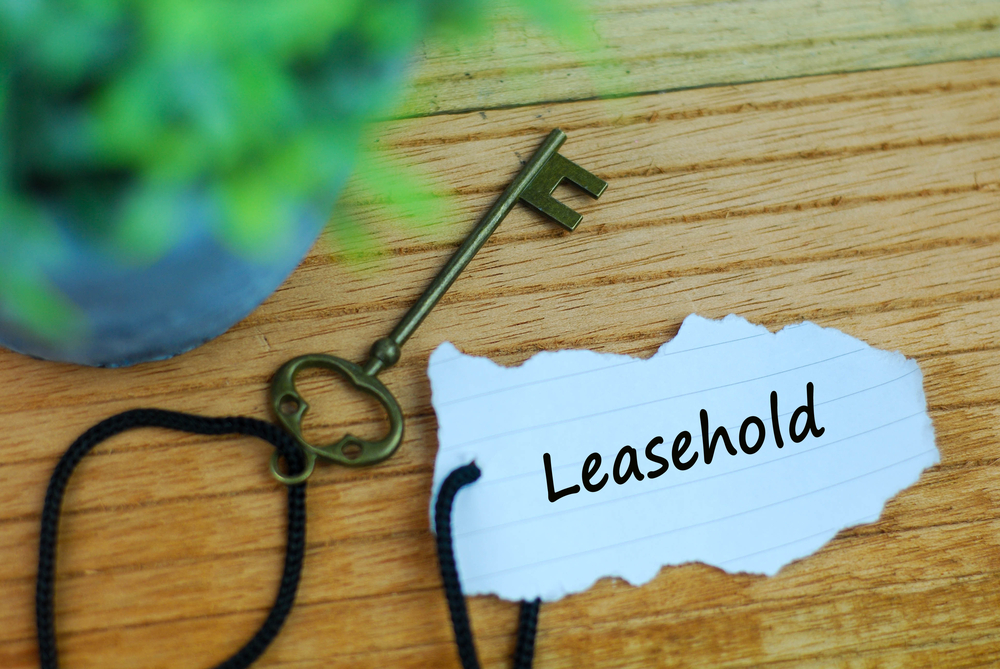 The total number of companies set up to hold buy-to-let property has doubled since 2017 as incorporation becomes mainstream among property investors, according to research by Hamptons.
The total number of companies set up to hold buy-to-let property has doubled since 2017 as incorporation becomes mainstream among property investors, according to research by Hamptons.
Historically, only large portfolio investors owned their buy-to-lets in this structure. But the tapering of mortgage interest tax relief since 2017 (known as Section 24) has encouraged more investors to set up limited companies.
Rising mortgage rates have boosted this shift as an increasing number of landlords are moving their portfolios from personal to company names to stand a better chance of turning a profit. Arguably, the biggest incentive is the fact that incorporated landlords are still able to offset mortgage interest before they’re taxed.
Hamptons predicts that more buy-to-let companies will be set up in 2022 than in any previous year, despite there being fewer buy-to-let homes bought this year in comparison to last year.
Estimates by Hamptons researchers suggest that about 40% of all new buy-to-let purchases are now made via a company structure. This is a record figure and one which is up from about 10% in 2016 before the Section 24 tax changes were tapered in.
According to Hamptons, the average company with outstanding mortgages, now holds 3.3 mortgaged properties.
Over the 12 months to September 2022, a total of 50,445 new companies were set up to hold buy-to-let property, the second highest figure in any 12-month period.
The total number of active buy-to-let companies increased more slowly than this. This is because 8,902 companies were dissolved, predominantly due to the sale of all the properties being held within the company, a figure which is up 25% on the previous 12 months.
How can incorporated landlords save money?
Rising interest rates have increased the advantages associated with incorporation, particularly for higher rate taxpayers with properties in their own name given they can no longer fully offset mortgage interest payments.
According to Hamptons, the average higher rate taxpayer purchasing a buy-to-let today with a 6% interest rate faces a £1,716 annual tax bill despite making a loss of £2,479. Meanwhile the same landlord with a property held in a company structure would not pay any tax, limiting their annual loss to £1,604.
A lower rate taxpayer would face a loss of £763. However, with mortgage rates above 5%, it’s becoming increasingly likely that even limited company landlords could fall into the red when remortgaging or making a new purchase.







